nanoCAD Plus is a 2D CAD software with high performance in Design and Drafting . This CAD software is formed for easy editing, validating, creating, sharing, and working with CAD models. With this competitive verge and fast changing world, we are also keeping nanoCAD at the technology edge. nanoCAD has several features which a CAD user desires for.The comparison chart highlights the major features which helps to choose the right software for the business.
nanoCAD has a well-organized, and easy to learn, classic-style CAD user interface. It provides a command set and UI elements look that will be well acquainted and comfortable to users of many other compatible CAD applications. The drawing space, command line, and position of the menu items and icons on the toolbars are easily identifiable. Any person with CAD knowledge will feel at home using this powerful CAD software, right from the start.
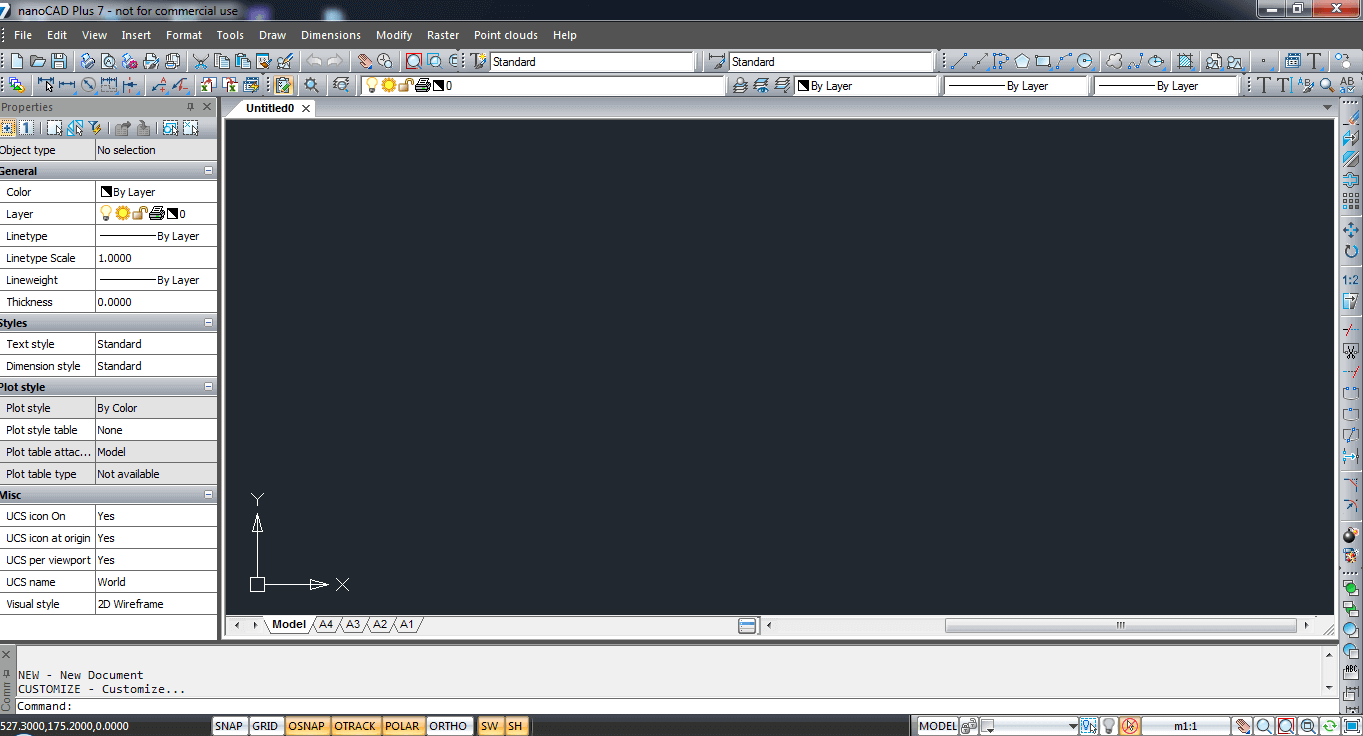
nanoCAD provides direct *.dwg support. It uses the industry-standard DWG (*.dwg) file format natively. The most commonly used CAD design format. This means that not only it offers usability while moving from a different CAD tool to nanoCAD, the opposite is also true. Drawings created or edited in nanoCAD can be used by almost any other popular CAD system, without conversion or data loss. Be rest assured you will not lose file data due to software or hardware failures thanks to this 3D application’s auto saving and backup functions.
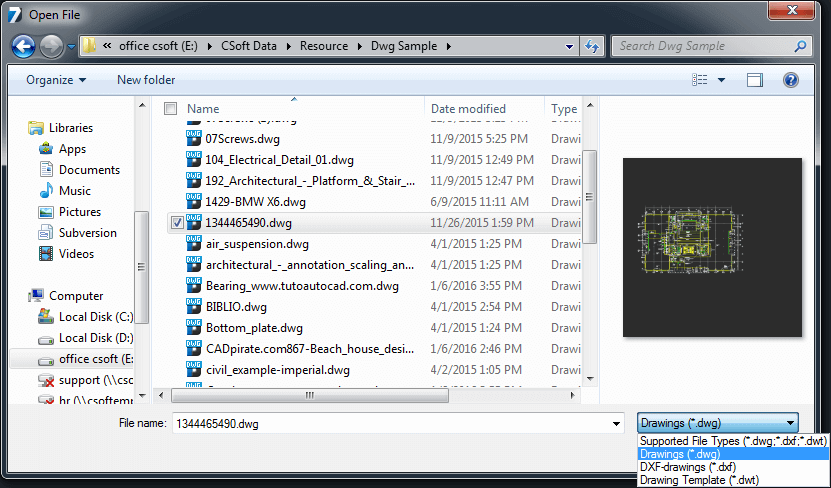
nanoCAD includes a multiple set of appropriate CAD tools to create & edit almost all kinds of 2D primitives. There are often multiple drawing methods available for creating most of geometric elements.
nanoCAD has a powerful Excel-style table editor, with an extensive set of capabilities. It has distinctive CAD design attributes and very beneficial for creating tables with macros in their cell.)
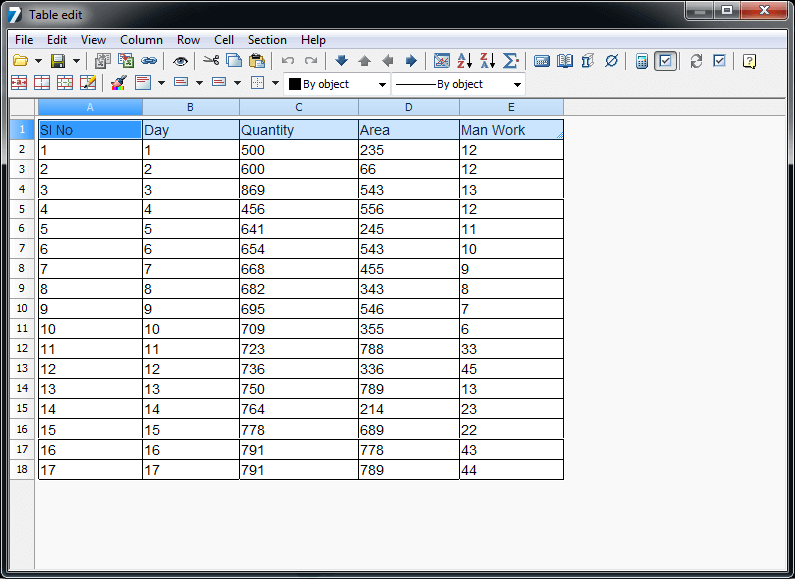
The 3D CAD application scripting engine allows normal users to automate everyday monotonous tasks. Users can write macros using Visual Basic Script, Java Script or any other scripting language supported by Microsoft Windows and built-in LISP.
nanoCAD’ s plot settings dialog allow you to set various plot areas, and create multi-page plots. This can be exclusively useful for printing large drawings on printers with smaller output format. It also supports outputting drawings to single or multi-sheet plot files.

Dynamic Input supplies a command line interface. Using dimensional objects users can display of dynamic dimensions and edits their values. It also delivers for user entry to input like the length of a line or the radius of a circle.
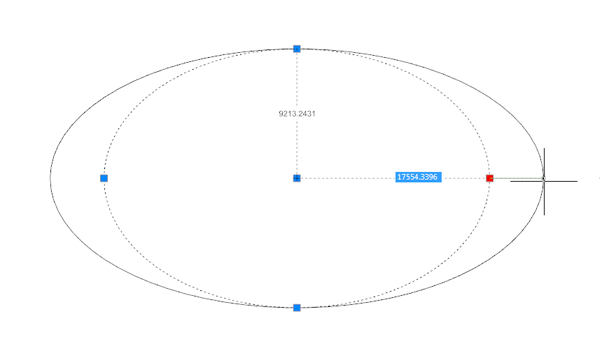
Tool palettes deliver great prospects for fast and easy access to your preferred commands and blocks.

A new ribbon-style interface provides modern ways of interaction with application. Instant switch between classic and ribbon interface makes work very comfortable. The ribbon structure was initially designed taking into account the ergonomics of the designer, but it does not limit the user in the possibilities of customizing their workspaces. In addition, a powerful mechanism of managing the ribbon interface allows you to instantly switch between different pre-installed workspaces without restarting the program.

Make your own sheet sets in a manner any designer has a desire for. This is the standard demonstration of an engineering documentation.
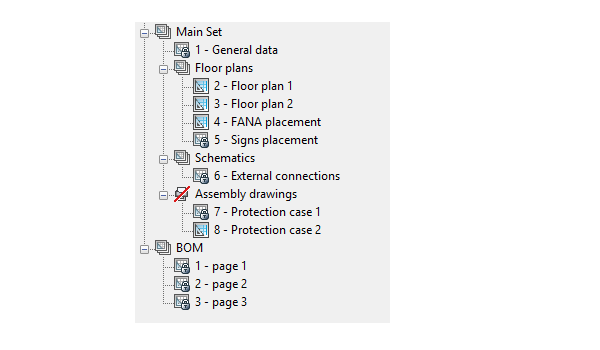
Due to IFC files underlay class nanoCAD Plus, can load BIM models from any other software skilled to make IFC files. Users can review model geometry and characteristics.
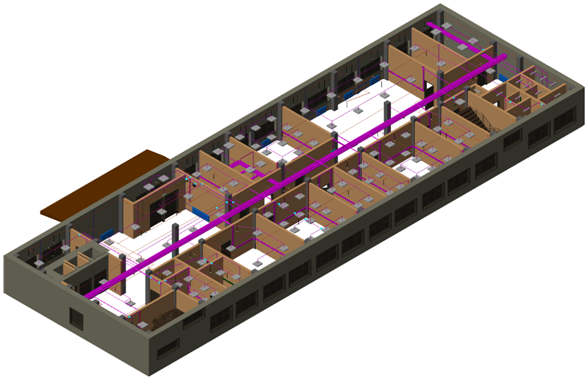
The name of the most recent operation (step) is displayed in the Undo and Redo commands in the Edit menu of the classic interface.
Multiple Undo/RedoThe Quick Access toolbar adds flyout arrows to undo/redo several actions at once. Note that you cannot access the action history list when a command is running (command mode). In command mode, the buttons perform internal undo/redo operations, if any exist.

We implemented new commands for working with OLE objects.

We added a new programming system called scripts. A script is a text file with the .scr extension containing a set of instructions that run in the nanoCAD command line. Each line of the file contains a nanoCAD command with optional parameters, or a link to another script file. The following script processing commands are added to nanoCAD: